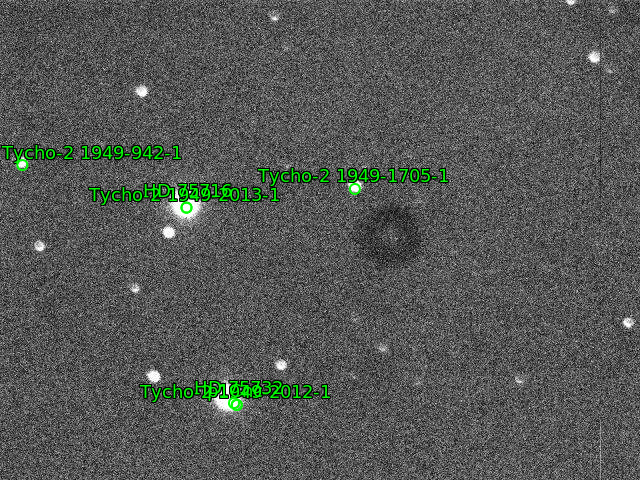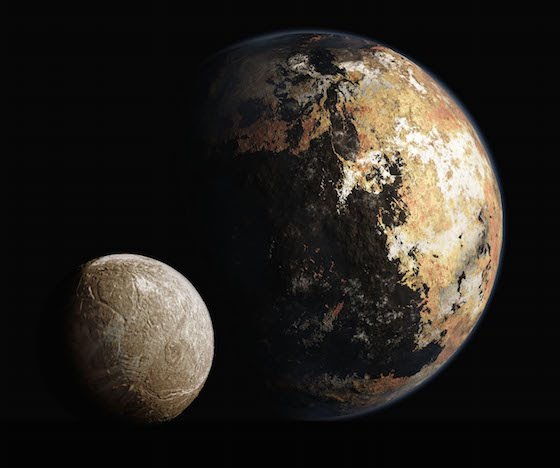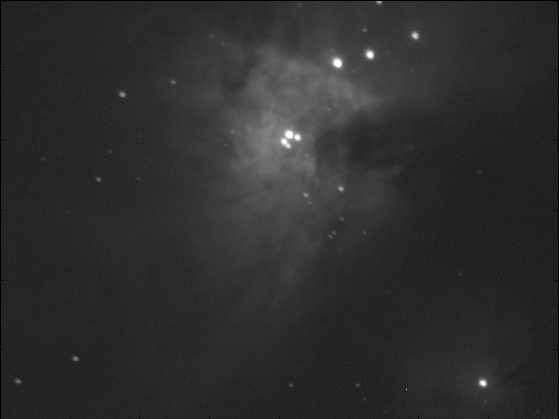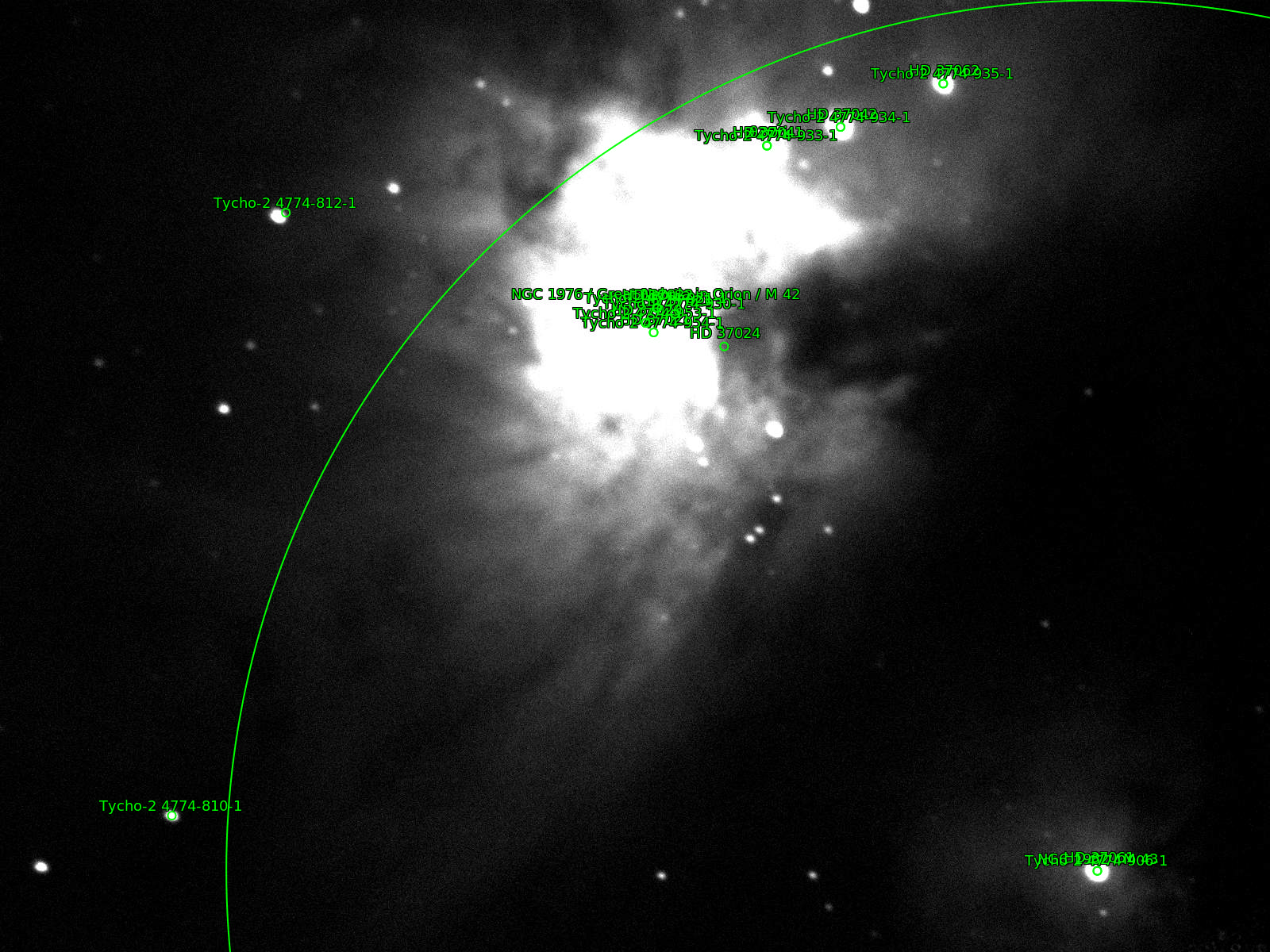At journal club today, we talked about a study from Heller and Pudritz that looks at the formation of moons around gas giant planets in extrasolar systems.
Heller and Pudritz modeled the conditions in circumplanetary disks around Jupiter-like planets to find where temperatures are right for icy moons like Jupiter’s to form. Like Goldilocks, moon formation requires conditions that are juuust right: the planet can’t be too close to its star or too small.
But given the right conditions, moons will happily accrete around a gas giant and the most massive circumplanetary disks around super-Jovian planets can form moons the size of Mars.
Heller and Pudritz point out that this means if we find an icy moon around one of the many gas giant exoplanets orbiting at about 1 AU from their host stars, we can infer the planet didn’t form there. Instead, it must have formed farther out and migrated in.
And at 1 AU around a Sun- like star, the discovery of such an exomoon would naturally make it a high priority target for habitability studies.
Attendees at today’s journal club included Nathan Grigsby, Jared Hand, Catherine Hartman, Emily Jensen, Liz Kandziolka, and Jacob Sabin.



